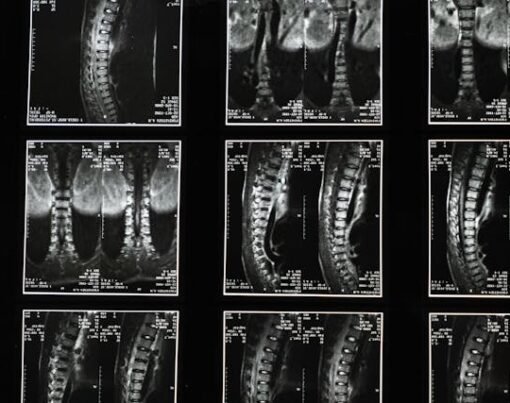In today’s world, reporting on patient safety is vital in hospitals and clinics. It ensures that every patient gets top-quality care. This way of reporting allows people to speak up about safety issues. It helps to stop bad experiences and medical errors from happening. This article will share the value and process of patient safety reporting with patients and healthcare workers. It will explain why this reporting matters and how it works.
Table of Contents
Understanding Patient Safety Reporting
It is crucial to comprehend patient safety reporting in order to guarantee everyone receiving medical care is safe. It entails locating and resolving accidents, near misses, or dangerous situations that can endanger patients. Healthcare practitioners can enhance the quality of care and prevent future occurrences by proactively reporting these issues. Since patients are frequently the first to identify safety issues during their encounters with healthcare facilities, their engagement is essential in this process. While reporting systems differ, they usually provide a way for patients or their families to share their stories. Understanding the significance of patient safety reporting encourages people to come up when they come across any possible hazards or mistakes, which eventually helps to create a safer healthcare environment for all.
Benefits of Patient Safety Reporting
Reporting patient safety has many advantages for both patients and medical professionals. First off, pinpointing areas where healthcare systems need to be improved raises the quality of care. Potential adverse events can be avoided by reporting incidents and near misses, which eventually lessens patient harm. Furthermore, patient safety reporting improves healthcare institutions’ transparency and sense of confidence. Patients are more likely to trust their healthcare professionals and feel confident in the care they receive when they are made to feel heard and that their concerns are being addressed. Furthermore, openness in reporting promotes accountability and pushes medical facilities to always aim for patient safety excellence. Patient safety reporting is an essential instrument for encouraging safer medical procedures and guaranteeing patients’ wellbeing.
Barriers to Patient Safety Reporting
Patient safety reporting is hampered by a number of obstacles, which makes it difficult for people to express their concerns. One major obstacle is fear of reprisals or consequences; both patients and healthcare professionals may be afraid of being punished for raising concerns about safety. Furthermore, patients frequently lack knowledge or instruction on reporting procedures, making it difficult for them to report occurrences or near-misses. Reporting can also be discouraged by cultural hurdles seen in healthcare institutions, such as hierarchical systems or the stigma associated with acknowledging mistakes. All of these obstacles work together to suppress the reporting of safety issues, which results in lost chances to enhance patient care. To surmount these obstacles, endeavors must be made to establish a safety culture that promotes candid communication, offers instruction on reporting procedures, and guarantees protection for individuals who voice concerns about safety.
How to Report Patient Safety Concerns
Ensuring a safer healthcare environment requires reporting patient safety issues. In the event that a safety concern arises, there are some actions you can take to report it properly. First, let the staff or your healthcare professional know right away. They can help you with the reporting process because they are equipped to deal with such circumstances. You have the option to report anonymously using hotline numbers or web portals offered by healthcare organizations. When reporting, make sure to provide all relevant details, such as the date, time, and location of the incident or near miss, as well as the names of everyone who may have been involved. Your feedback is essential for pinpointing problem areas and averting similar occurrences in the future. You actively contribute to fostering a culture of safety and guaranteeing the well-being of all patients by raising your voice and reporting concerns about patient safety.
The Role of Healthcare Providers and Institutions
In order to promote a culture of safety and encourage reporting on a patient safety event, the role of healthcare organizations and providers is essential. Employees should be actively encouraged to report safety problems, and they should receive assistance and direction all the way through the reporting process. Institutions, however, are accountable for putting in place reliable reporting procedures and systems. This entails offering easily accessible routes for reporting, guaranteeing anonymity upon request, and setting precise protocols for looking into and resolving identified problems. Furthermore, healthcare institutions should place a high priority on responding promptly to concerns raised, addressing safety issues and making the required adjustments to avoid such accidents in the future. Patient safety can be prioritized and constantly enhanced in situations where healthcare professionals and institutions actively participate in the patient safety reporting process.
Conclusion
In summary, patient safety reporting is more than simply a procedure; it’s an essential component of healthcare that affects each person’s quality of life. Everyone in the system can help foster a safe culture by recognizing the benefits, understanding and removing challenges, and knowing how to report problems. Your opinion counts in identifying areas for improvement and guaranteeing that everyone receives the finest treatment possible, whether you’re a patient or a healthcare provider.










